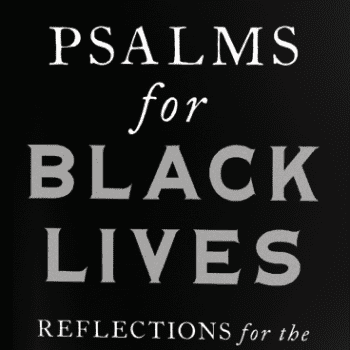The short answer: a lot. And I’m not joking, a least when it comes to the original way it was celebrated.
We often associate Valentine’s Day with St. Valentine, which on the surface sounds quite reasonable. But there is a huge disconnect between this saint and what we typically associate with Valentine’s Day, that is, romantic dates, cards, candy, kissing, and, well, you get the idea.
To begin with, it’s actually difficult to know who St. Valentine was. One tradition describes him as a Roman priest martyred under Emperor Claudius. Another locates him in Terni as the bishop. But the stories are mostly legend, and there’s nothing really lovey-dovey about either of these characters, at all.
So how did St. Valentine’s day get associated with erotic love? Well, that’s where things get interesting.
Between February 13-15th ancient Romans celebrated a pagan festival to the god Lupercus (known as Lupercalia). As with all Roman gods, this one was stolen from the Greeks and is associated with Pan, the creepy guy with goat feet and a human torso who played the flute and chased naked girls around known as nymphs.
Lupercus was the god of shepherds, and his priests wore goatskins (and little else). According to the Roman historian Plutarch, on the ides of February the noblemen in town stripped mostly naked and ran around the city laughing and cavorting. Noblewomen joined in the fun by purposely getting in the way of the streakers, not to obstruct them, but–get this—to be struck by them with “shaggy thongs.”
Now, just in case your mind is getting a little too creative here, a thong is not an undergarment but a strip cut from the skins of the sacrificed goats called a februa, from which we get the term February (you’ll never think of the month in the same way, now).
Thus we are essentially talking about a whipping, or a spanking, depending upon your preference. This may sound a little kinky, but apparently they believed that this helped barren women to get pregnant and pregnant women to have an easy delivery. Obviously they didn’t know much about biology, but they did know how to have fun.
Believe it or not, even “uninhibited Christians” joined in the revelry, perhaps even clergymen. And the church essentially turned a blind eye to it, even though it had connections to paganism.
However, in the 5th century Gelasius I, bishop of Rome, decided that the revelry was getting out of hand. He attacked the holiday, not because of the masochism that seems to be implied, but because the festival had been “cheapened, carried out no longer by honoured noblemen but by low-born persons hired for the occasion: devalued by its very supporters….” In other words, it’s virtuous for the 1% to go commando and paddle consenting women, but apparently it’s a sin if the 99% attempt it.
Gelasius’s efforts prevailed, and the holiday, as it was originally practiced, died out. But then in the 19th century, Valentine’s Day got resurrected, albeit in a form far more Victorian, which is why every year at this time you are expected to do something romantic for your sweetie.
But if you’re a purist (and I know some of you are) then along with the dinner, card and candy must come a spanking.
Preferably with a shaggy thong.
 Kelly Pigott is a church history professor who teaches at Hardin-Simmons University in Abilene, Texas. You can find more musings on history, culture, contemplative spirituality and theology, along with interviews with authors at kellypigott.com. Follow him on twitter @kellypigott
Kelly Pigott is a church history professor who teaches at Hardin-Simmons University in Abilene, Texas. You can find more musings on history, culture, contemplative spirituality and theology, along with interviews with authors at kellypigott.com. Follow him on twitter @kellypigott
















